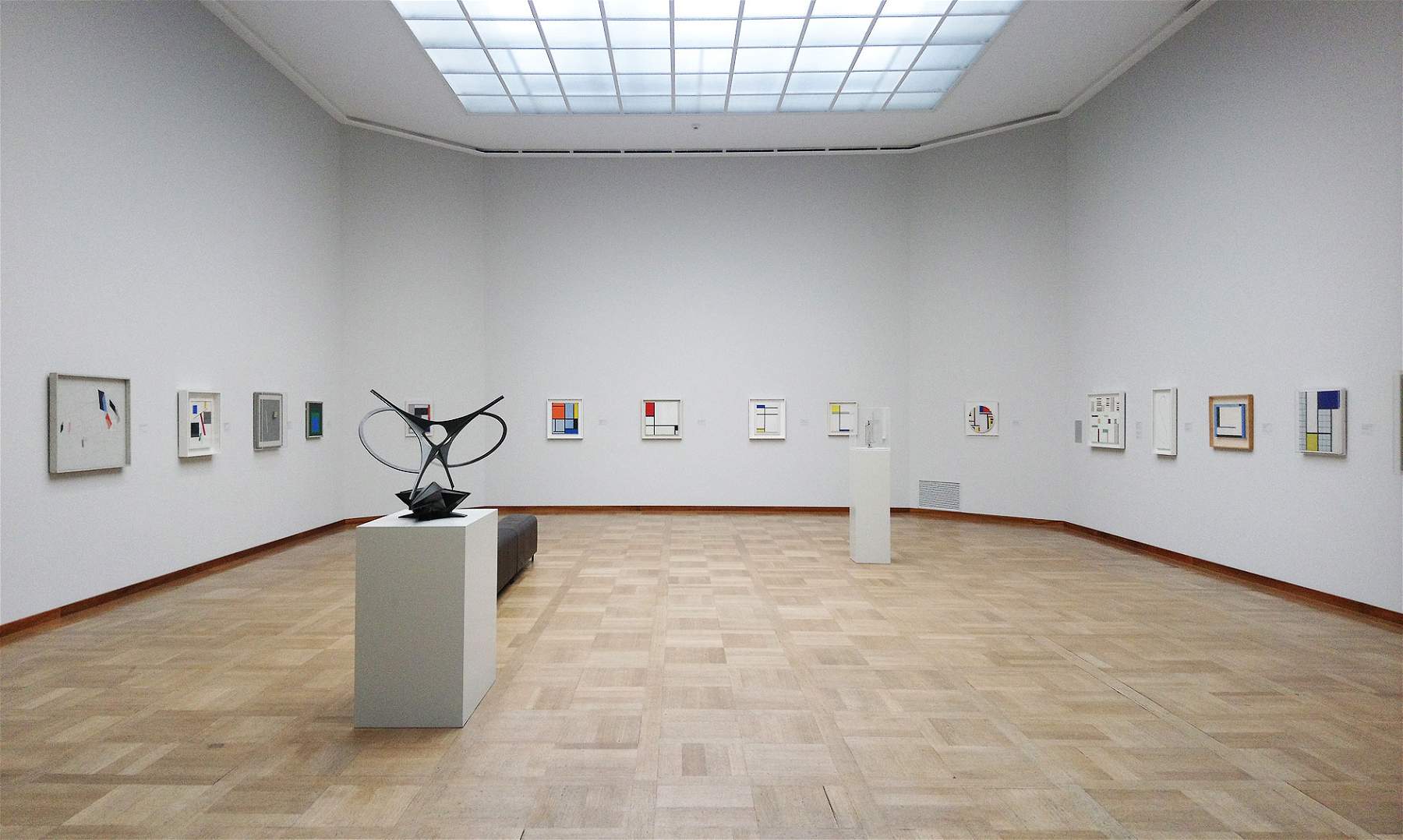The Kunstmuseum Basel, one of Switzerland’s most important museums, will pay a hefty sum (unspecified at the moment) to the heirs of a Jewish collector who sold his collection during the Nazi era. This is what The New York Times reports, and it is the end of an affair that dates back to 2004. That year, the heirs of Jewish collector Curt Glaser had in fact sent the museum a request for the return of 200 works of paper, valued in the aggregate at more than $2 million, and including works by artists such as Edvard Munch, Henri Matisse, Auguste Rodin, Marc Chagall, Oskar Kokoschka, Max Beckmann, Ernst Ludwig Kirchner, Erich Heckel and others.
The Kunstmuseum had refused as it believed it had purchased the works legitimately. Glaser, an art historian and collector, had become director of the Berlin Kunstbibliothek in 1924 and lost his job in 1933, the year Adolf Hitler came to power. He emigrated first to Switzerland, then to Paris, and finally moved to the United States; Glaser died in 1943 in Lake Placid. However, before leaving Germany, the scholar sold much of his collection through an auction to the Max Perl House: the works were purchased by Otto Fischer, under a mandate from the city of Basel. The works were thus destined for the public collections of the Helvetic city and went to replenish the Kunstmuseum.
The museum responded to the heirs’ request in 2008, specifying that the works would be purchased at the market prices of the time (consequently, they would not be sold off due to contingencies), that Max Perl’s catalogs contained no mention of their belonging to Glaser, and that in essence the city had purchased the works in good faith. However, the heirs had accused the museum of failing “on the human level” and “downplaying the Holocaust in all its aspects.” The scenario changed in 2014, when the affair of the Gurlitt collection, an important collection left by collector Cornelius Gurlitt to the Kunstmuseum Bern, emerged: Cornelius Gurlitt was the son of merchant Hildebrand, and had inherited the collection put together by the latter, but there was the problem of the provenance of the works, since many had been acquired by Hildebrand Gurlitt illegitimately. The Kunstmuseum Bern was therefore forced to set up a research team to find out the provenance of each individual work.
The case of the Gurlitt collection rekindled the spotlight on the issue of works stolen by the Nazis or, as in the case of the Glaser collection, sold due to force majeure by Jewish collectors. Some museums that had works once belonging to Glaser thus began to return them to the scholar’s heirs: these included the Ludwig Museum in Cologne (2014), the Kunsthalle in Hamburg (2015) and the Staatliche Museen in Berlin (2016). The Kunstmuseum Basel, as a result, has begun to ask the question again. The New York Times reports that Felix Uhlmann, chairman of the institute’s scientific committee, let it be known that the museum at the time had reestablished informal contacts to discuss possible restitution. “The Gurlitt case,” Uhlmann told the U.S. newspaper, “reopened many questions and prompted us to reconsider more thoroughly the legal basis for any decisions on restitution. We then studied how other institutions responded to the requests of the Glaser heirs, and we saw that some reacted differently from how the Kunstmuseum Basel had responded in 2008. So we thought it was necessary to reconsider the case.”
In recent times, excerpts have emerged from Kunstmuseum meetings in 1933, during which those present discussed the fact that Glaser’s works were offered at “cheap,” if not “fire sale” prices. This evidence, coupled with a desire not to diminish what the persecution of Jews meant for their art collections, led to the agreement between the museum and the heirs: the Kunstmuseum will thus allocate an unspecified sum, by way of compensation, to Glaser’s family, in exchange for allowing them to keep the works. In addition, the Swiss institute let it be known that an exhibition will be organized in 2022, in cooperation with the family, that will delve into the figure of Curt Glaser in his roles as collector, art historian, art critic, and museum director.
Pictured: a room at the Kunstmuseum Basel. Ph. Credit Finestre Sull’Arte
 |
| Basel, Kunstmuseum will pay heirs of Jewish collector in exchange for works sold under Nazism |
Warning: the translation into English of the original Italian article was created using automatic tools. We undertake to review all articles, but we do not guarantee the total absence of inaccuracies in the translation due to the program. You can find the original by clicking on the ITA button. If you find any mistake,please contact us.